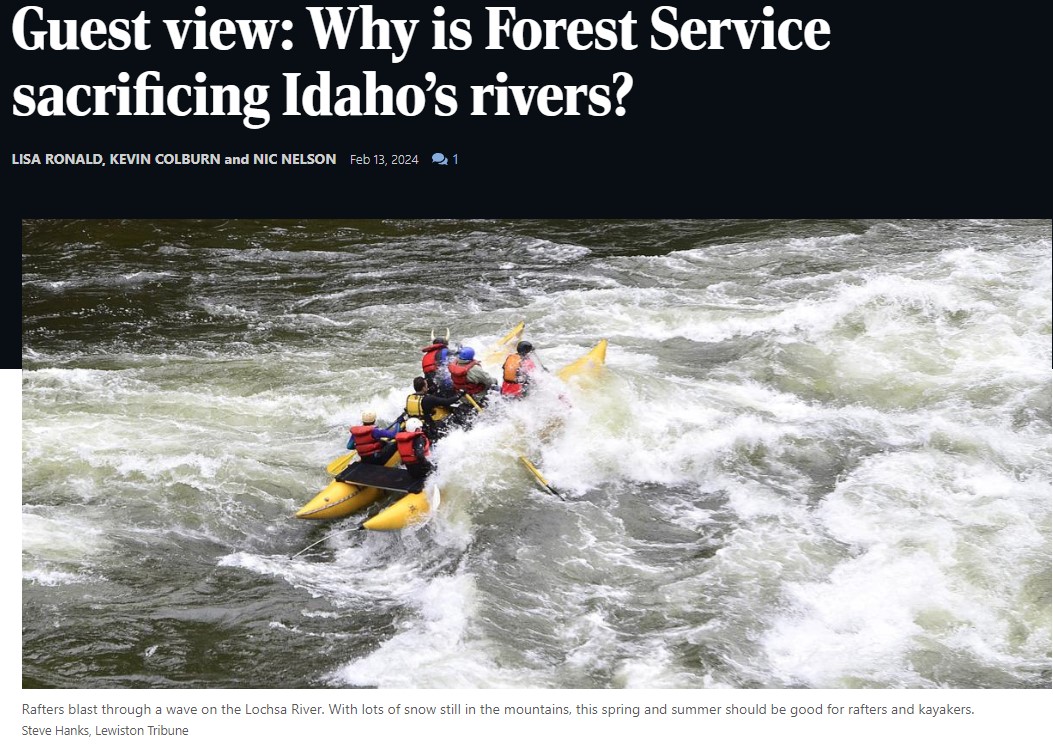The Lochsa, Selway, and Clearwater watersheds just over Lolo Pass are home to some of the finest rivers in the United States. They offer world-class paddling and fishing, provide vital spawning grounds for salmon and steelhead, and are sources of clear, cold water in a rapidly warming world.
It’s the job of the Forest Service to protect these special values based on the streams’ eligibility for Wild and Scenic River designation.
The Nez Perce-Clearwater National Forest is instead gutting protections for Idaho’s rivers. In its recently revised forest plan, it stripped safeguards from 86 percent of rivers worthy of preserving. Across 4 million acres in central Idaho, the Forest Service is recommending just 12 streams for protection. Since Forest Plans routinely last for decades, the detrimental decisions made now by the Nez Perce-Clearwater National Forest will allow unacceptable and unnecessary impacts to rivers for generations.
In all, the new forest plan would remove protections from nearly 700 stream miles. That’s more than the length of the Clark Fork, Flathead, and Bitterroot rivers — combined. Among the waterways that would lose protections are tributaries to the Lochsa River and the North and South forks of the Clearwater River. These are the kinds of rivers the Wild and Scenic Rivers Act was designed to conserve.
The North Fork Clearwater River, which is losing protections it has had for more than 30 years, provides nearly 80 contiguous boatable miles and unsurpassed habitat for bull trout and west slope cutthroat trout. The South Fork Clearwater River, renowned for its unmatched B-run steelhead fishing, miles of walk-and-wade shoreline, and robust whitewater, is also on the chopping block. READ MORE
Nez Perce-Clearwater National Forests Plan Revision
The current forest plans were signed in 1987. Since that time, much has changed regarding resource management of the National Forests and we are currently in the process of revising the Forest Plan under the direction of the 2012 Planning Rule to incorporate changed conditions, best available science, and new public issues.
Please select the link in the header above or any of the following links for more information about the Forest Plan Revision process, the ongoing collaborative effort, and how you can get involved.

